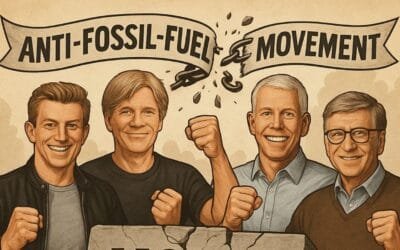When driving down the highway with my car on cruise control and the stereo playing “Stompin’ at the Savoy,” I am in heaven.
There are millions of later model cars on the road, and no doubt some better stereo systems, as well as more scenic highways. But why should I spend energy dwelling on all that, in order to torture myself with envy?
Envy used to be just a human failing, but today it is a major industry. Politicians, journalists and academics are all part of that industry, which some call “social justice.”
Virtually everybody is worse off than somebody else, if only in one dimension, so there are nearly unlimited opportunities to pander to people’s sense of injustice, victimhood and entitlement. Any of us can think back to situations where we got the short end of the stick. On the other hand, we may not be quite as quick to recall the times when we got more than we deserved — and neither politicians nor the intelligentsia have anything to gain by reminding us of that.
Sometimes it is just the luck of the draw. There was a guy in the same tent with me when I was going through Marine Corps boot camp, whose next assignment was in bleak and frozen Korea, where he was severely wounded in battle and ended up with a steel plate in his head. Meanwhile, I was assigned to go to the Navy’s photography school on a lovely campus with palm trees on the Florida coast.
After that, how could I complain when the ball bounced against me sometimes in later life?
People who are in the business of promoting envy — and that includes not only politicians and activists, but also much of the intelligentsia — are increasingly forced to resort to statistics because serious differences between flesh-and-blood Americans are fewer than ever.
In other times and places, the difference between being in the top economic strata and the bottom strata was the difference between feast and famine. Being poor meant sometimes not having enough to eat or not being able to keep your home warm in the winter or not having adequate clothing to protect you against the elements when you went outside. It meant dressing your children in ragged or patched-up clothes.
In some countries it still means things like that. Someone in his native India told best-selling author Dinesh D’Souza that he wanted to see America because he wanted to see a country where poor people are fat. He was right. Americans in the lower income brackets are obese more often than those in the upper brackets.
Most Americans living below the official poverty line have air conditioning, microwaves and VCRs. About half have a car or truck. Moreover, most of the people in the bottom 20 percent of the income distribution in 1975 have also been in the top 20 percent at some point since then.
People who are genuinely poor all their lives still exist, but only about 3 percent of the American population remains in the bottom 20 percent for as long as a decade.
This is fine as far as most of us are concerned. But it is tough if you are in the envy or “social justice” business. It means you have to work harder to stir up indignation, votes and government programs to deal with “inequities” between the “haves” and the “have nots.”
Although the poor are doing better, the “social justice” crowd is in desperate shape. Irresponsible advocacy groups concoct wild statistics about hunger or homelessness, and some of these numbers are reported seriously in the media — at least until someone comes along and shoots them down with the facts.
The envy advocates have to play games with numbers because they cannot get very far relying on realities. Yes, some people can afford extravagantly expensive designer jeans, while others have to get by wearing jeans without anyone’s signature across their backside. Yes, some people can afford a pricey latte, while others have to go home and open a can of Maxwell House.
But who is going to get up from watching TV, while eating pizza, to go mount the barricades over that? Let’s face it. Envy has fallen on hard times. It was not even successfully revived during last year’s election campaign.










